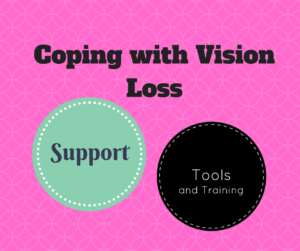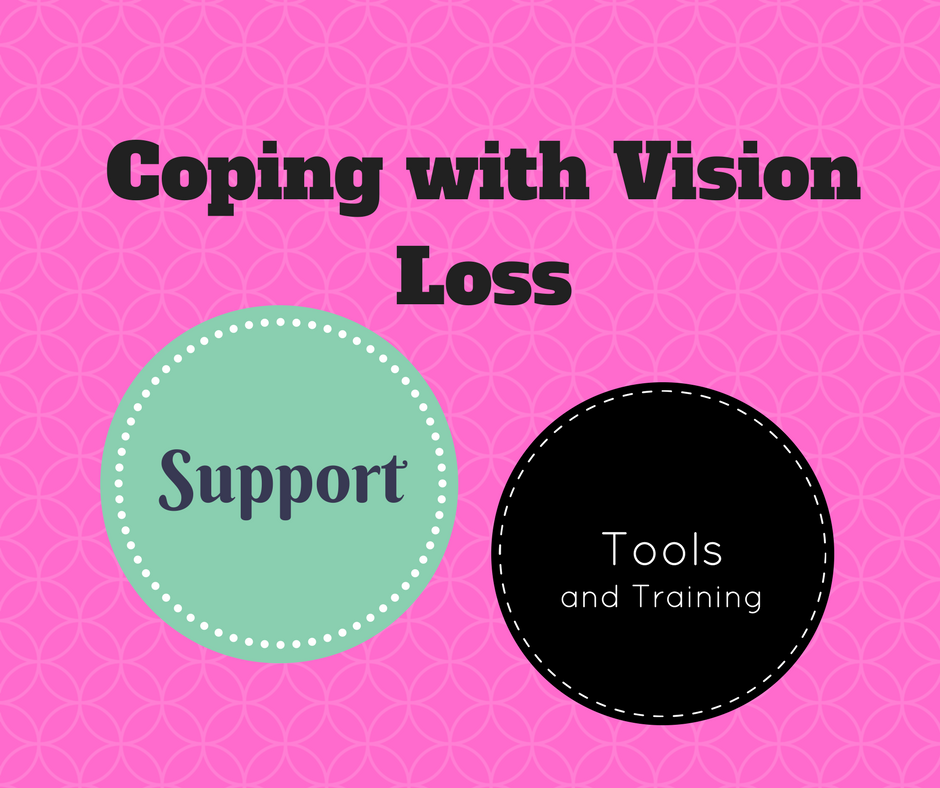 Some professionals have compared initial reactions to vision loss to the “stages of grief,” defined by Dr. Elisabeth Kubler-Ross, after the loss of a loved one—taking the person from denial to anger and depression, and finally, to acceptance. Navigating the various stages successfully begins with understanding how they affect you and those around you. With understanding comes the ability to straightforwardly address conflicts, ease your fears, and move forward.
Some professionals have compared initial reactions to vision loss to the “stages of grief,” defined by Dr. Elisabeth Kubler-Ross, after the loss of a loved one—taking the person from denial to anger and depression, and finally, to acceptance. Navigating the various stages successfully begins with understanding how they affect you and those around you. With understanding comes the ability to straightforwardly address conflicts, ease your fears, and move forward.
To help with this process, here are a few points for you to keep in mind:
- You are not alone.
Vision loss affects more than 6.5 million people in the United States aged 55 and over and from all walks of life. Don’t be afraid to reach out to others experiencing vision loss, as well as to vision-loss professionals, for information, advice, and encouragement.
- You can continue to lead a full, rewarding life.
Again, if you’re willing to make adjustments, there is no reason you cannot continue to enjoy your favorite hobbies and activities, participate in family activities, do volunteer work, or travel. Indeed, the challenges of vision loss are consistently overcome each day by individuals who have simply chosen to participate fully in society.
- You don’t have to stop working.
With technical assistance and a few basic adjustments, most people who develop vision loss are able to remain in the work force—many even continue in their current jobs. There are exceptions, of course, but far fewer than you may realize. Indeed, it’s quite possible that the person who processed your recent electric bill, the person who upgraded your car transmission, or the person who oversaw your last stock trade all live with some degree of vision loss. You can also visit AFB’s CareerConnect site for more information on employment.
- You can remain independent.
Whether you are experiencing a modest vision decline or are facing total vision loss, affordable and accessible solutions and tools exist to help you to cook your meals safely, navigate your home, pay your bills, and perform other essential taskson your own. Better still, new advances in technology designed for people with vision loss are entering the marketplace almost daily, while mainstream products, such as computers and home appliances, can be adapted for your use with simple labeling techniques.
This article is reprinted with permission from visionaware.org
